You may have heard that it is important to inspect your skin for moles and other lesions, but many patients avoid this practice because it can be difficult to understand what to look for. However, the Skin Cancer Foundation recommends that you check your skin for suspicious spots once per month. This is the most effective way to identify changes that need to be evaluated by your doctor.
Understanding Skin Cancer
Skin cancer is caused by abnormal cell changes and is the most common cancer in the world. The incidence of skin cancer is rising, even though many patients can protect themselves by reducing ultraviolet radiation exposure from the sun and from tanning beds. Your risk for developing skin cancer increases with age and if you have a family member with skin cancer. Fortunately, skin cancer is visible on the skin for early detection, which makes it curable if caught early.
There are two main types of skin cancer: melanoma and non-melanoma. If it is not caught in a timely manner, melanoma can spread to other parts of the body, like the brain.
Thorough Checks
By checking your skin thoroughly each month, you can play an important role in identifying any potential areas of concern. Be sure to inspect your skin in a well lit area, and use mirrors to make the process easier. You can also have a loved one help you.
- Inspect your face and scalp using a mirror.
- Check your hands and feet carefully, including between your fingers and toes and under your nails.
- Use a combination of a hand mirror and a full length mirror to check your back, shoulders, back of arms and legs, and buttocks.
- Don't forget to check commonly overlooked areas, like your underarms and the underside of your breasts.
What to Look For
To make it easier to know what to check for, remember the letters ABCDE.
- Asymmetry – Do the two halves of your mole match? They should be symmetrical.
- Border – Is the border of your mole blurred, ragged, or otherwise irregular? The border should be consistent.
- Color – Is the color uniform or does it have many shades? Your mole should be one color.
- Diameter – How big is your mole? Anything bigger than the size of a pencil eraser should be mentioned to your doctor.
- Evolution – Have you witnessed the mole changing in color, shape, or size? Any changes should be reported to your physician as well.



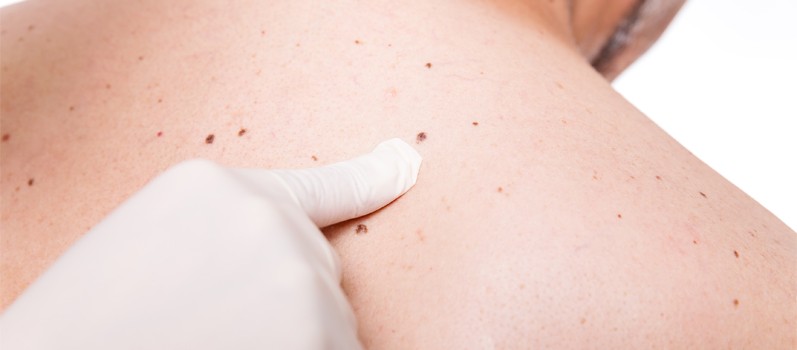


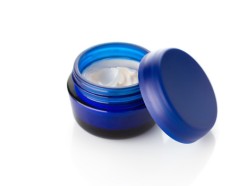
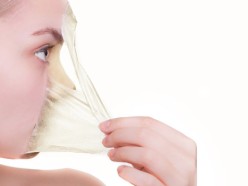
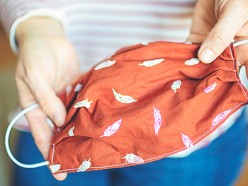
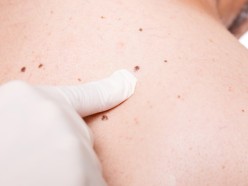




.jpg&w=300&h=320)
.jpg&w=300&h=320)
.jpg&w=300&h=320)
















